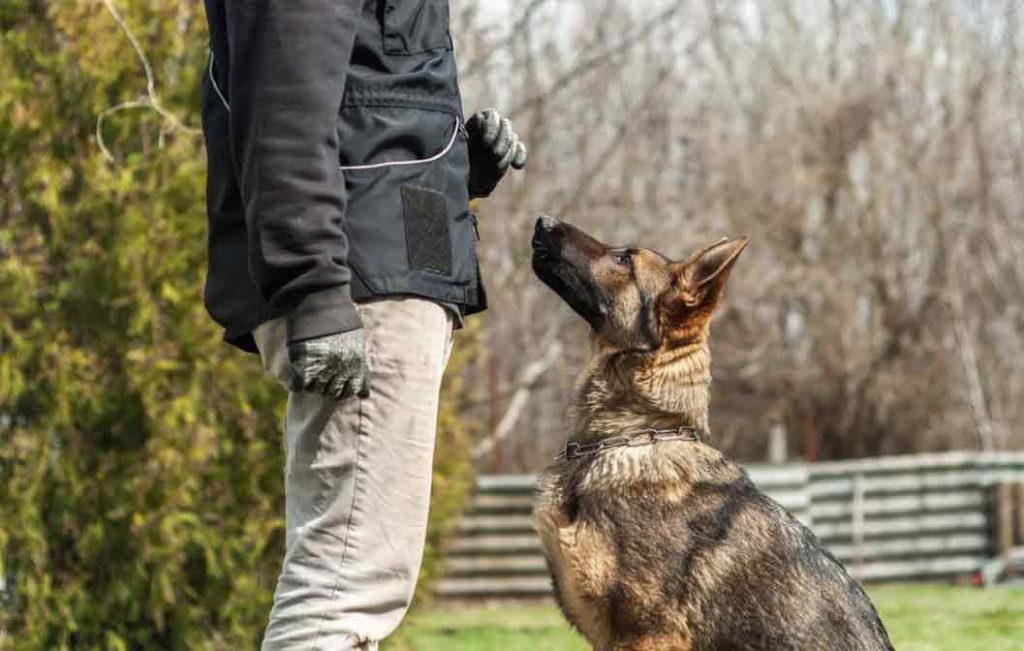Do You Know How to Train Dogs:Use Crates to Train Your Puppy
Crate training is one of the most effective methods for housebreaking and teaching puppies to feel secure in their new environment. This guide will explore the essentials of crate training, offering practical tips, professional insights, and recommendations on the best pet training products available in the U.S.

Why Crate Training Works
Crate training is grounded in the idea that dogs have a natural instinct to seek out a den-like environment where they can feel safe and secure. When introduced correctly, a crate becomes a positive space for your puppy, helping to reduce anxiety and establish routines.
Steps to Effective Crate Training
- Choose the Right Crate: Ensure the crate is large enough for your puppy to stand, turn around, and lie down comfortably, but not so large that they can use one corner as a bathroom.
- Introduce the Crate Slowly: Place the crate in a busy area of your home, like the living room. Encourage your puppy to explore the crate by placing treats and toys inside.
- Make the Crate Comfortable: Use a soft bed or blanket inside the crate to make it a cozy space.
- Gradually Increase Crate Time: Start with short intervals and gradually increase the time your puppy spends in the crate.
- Use the Crate for Sleep and Rest: Encourage your puppy to nap in the crate during the day and sleep there at night.
- Never Use the Crate as Punishment: The crate should always be associated with positive experiences.
Benefits of Crate Training
- Housebreaking: Crate training helps to establish a routine, making it easier to potty train your puppy.
- Safety: When you’re not home, a crate keeps your puppy out of trouble and away from household hazards.
- Travel: Crate-trained dogs are easier to transport, whether for vet visits or trips.
- Reduced Anxiety: A crate provides a safe space for your dog to retreat during stressful situations.
Essential Products for Crate Training
When crate training, having the right products is crucial. Here are some must-have items:
- Crate: Choose a sturdy, appropriately sized crate.
- Crate Mat or Bed: A comfortable surface for your puppy to rest on.
- Chew Toys: Keeps your puppy occupied while in the crate.
- Treats: Use treats to reward your puppy for entering and staying in the crate.
- Crate Cover: Helps create a more den-like environment, reducing anxiety.
Top 10 Pet Training Products Companies in the U.S.
Below is a table listing 10 top-rated pet training products companies in the U.S., along with their key features and price ranges:
| Company | Key Features | Price Range |
|---|---|---|
| PetSafe | Wide range of training tools, high-quality materials | $15 – $200 |
| Midwest Homes for Pets | Durable crates, various sizes, and designs | $30 – $150 |
| Kong | Renowned for durable chew toys and training aids | $5 – $40 |
| Chuckit! | Innovative fetch toys and interactive training tools | $8 – $25 |
| Blue-9 Pet Products | Specializes in training harnesses and tools | $30 – $70 |
| Kurgo | High-quality travel and outdoor training gear | $20 – $90 |
| Ruffwear | Premium outdoor and training gear for active dogs | $10 – $150 |
| Outward Hound | Interactive toys designed to engage and train dogs | $10 – $40 |
| Nylabone | Chew toys that support dental health and training | $5 – $30 |
| Dogtra | Professional-grade training collars and e-collars | $120 – $300 |
Frequently Asked Questions (Q&A)
Q: How long should I leave my puppy in the crate?
A: Initially, limit crate time to a few hours during the day. Puppies under six months old should not be crated for more than three to four hours at a time.
Q: What if my puppy cries in the crate?
A: It’s normal for puppies to cry when first introduced to the crate. Don’t give in immediately; wait for a moment of quiet before letting them out, reinforcing that calm behavior is rewarded.
Q: Can crate training be used for older dogs?
A: Yes, crate training can be effective for dogs of all ages, although it may take longer for older dogs to adjust.
Case Study: Successful Crate Training
Consider the example of Max, a Labrador Retriever puppy, whose owners used crate training to successfully housebreak him within a few weeks. They started by choosing a crate from Midwest Homes for Pets, which cost around $100. By following the gradual introduction method and using Kong chew toys and treats, Max quickly learned to associate the crate with positive experiences. This led to fewer accidents in the house and a more predictable routine for both Max and his owners.
Chart: Price Comparison of Pet Training Products
| Product Category | Low-End Price | High-End Price | Average Price |
|---|---|---|---|
| Crates | $30 | $200 | $115 |
| Chew Toys | $5 | $40 | $22 |
| Training Collars | $120 | $300 | $210 |
| Crate Covers | $10 | $50 | $30 |
| Interactive Toys | $8 | $40 | $24 |
Conclusion
Crate training is a highly effective method for raising a well-behaved, housebroken puppy. By choosing the right products and following a consistent training routine, you can create a positive and secure environment for your dog. Whether you’re starting with a young puppy or an older dog, the key to successful crate training is patience, consistency, and positive reinforcement.
References
- PetSafe – https://www.petsafe.net/
- Midwest Homes for Pets – https://www.midwesthomes4pets.com/
- Kong Company – https://www.kongcompany.com/







Recent Comments